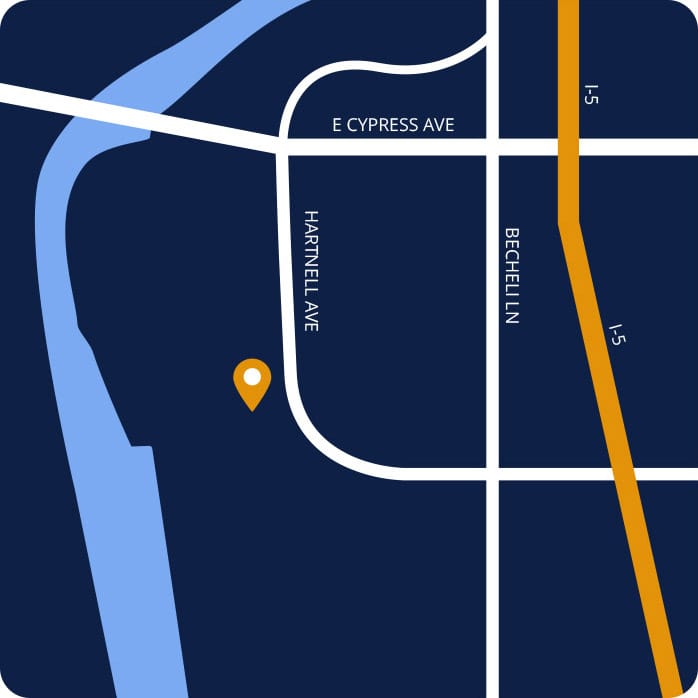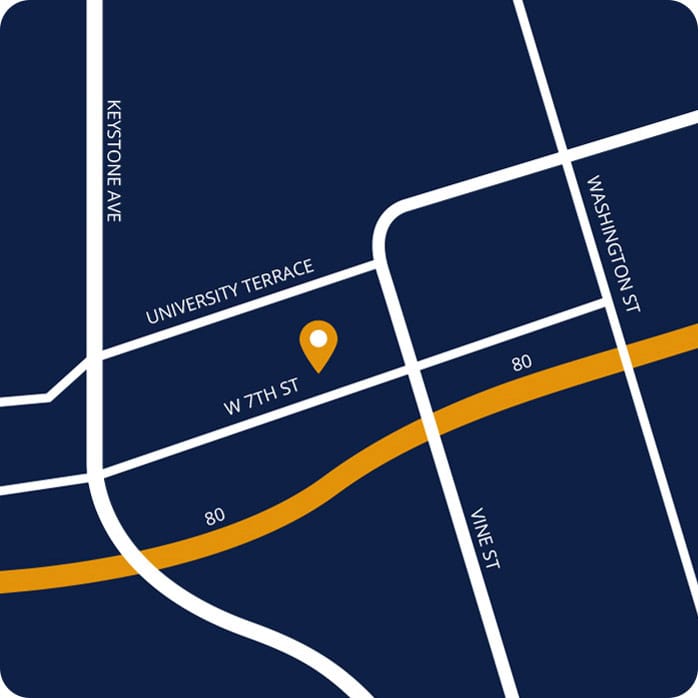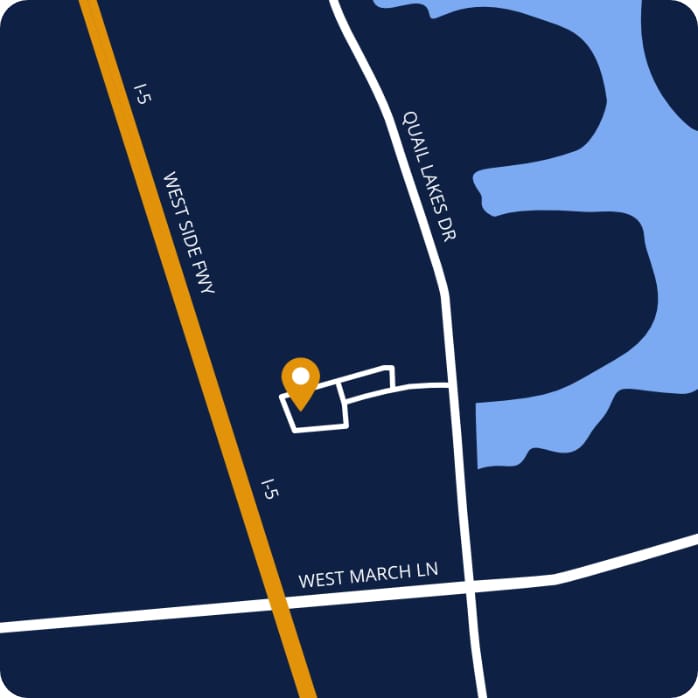Treating Bone Deficiency
What is a Bone Deficiency?
When a tooth has been missing, your body begins to dissolve away some of the bone that was used to hold the tooth in. This process begins immediately after a tooth is removed or lost. In order to place a dental implant to replace your missing tooth, our dotcors may need to utilize advanced surgical techniques to grow new bone in the area.
Bone Regeneration
Sometimes a bone deficiency can be in the width of the jaw bone. If this is the case, a ridge augmentation procedure must be done to grow new bone. There are several different techniques to do this and Dr. Blasingame is up to date on the latest procedures to be able to predictably grow new bone.
Other cases have a bone deficiency in height. The most common area for this is in the upper back teeth area. The sinus cavity that runs above the upper back teeth (maxillary sinus), loses bone in height when a tooth is missing.
How can we help you?
Dr. Blasingame has extensive advanced training in performing bone grafting procedures. This training allows them to predictably grow bone in order to place a dental implant. 3-dimensional imaging from a CBCT scan allows for planning to determine how much and where a bone graft is needed. This allows the surgeons to be minimally invasive and only the graft the areas that are needed.
To grow bone in width, a ridge augmentation procedure needs to be completed. This is done by reflecting the gum tissue back, exposing the bone. The site receiving the augmentation is prepared and the bone graft material is added. A resorbable collagen membrane is placed over the graft and the gum tissue is pulled up and over the grafted site. This site is allowed to heal for 6 months before implants are placed. Sometimes growth factors such as GEM 21, or Platelet Rich Plasma, are added to help aid in bone.
To grow bone in height, sometimes a small procedure at the time of implant placement can be done to gently raise the floor of the sinus. This involves placing some bone graft material at the same time. This procedure is called a localized sinus lift.
In other cases of more advanced bone loss, a lateral window sinus lift must be done. In this case, a small window of bone is opened up from the side of your sinus cavity. The membrane that borders the floor of the sinus and the bone is gently elevated upwards and bone graft material is placed. The bone graft needs to heal for at least 6 months before the area is re-entered, and the implants are placed.
Lateral window sinus lifts have been used for several decades as a predictable way to grow bone in the sinus in order to place a dental implant. In some cases, Platelet Rich Plasma is added to the bone graft to help aid in bone formation and healing.
The entire staff including Dr. Blasingame were all very knowledgeable & professional. They all seemed to have a way of making one feel comfortable and able to trust what was explained and what was to be expected before, during & after each procedure.
- Joy F


